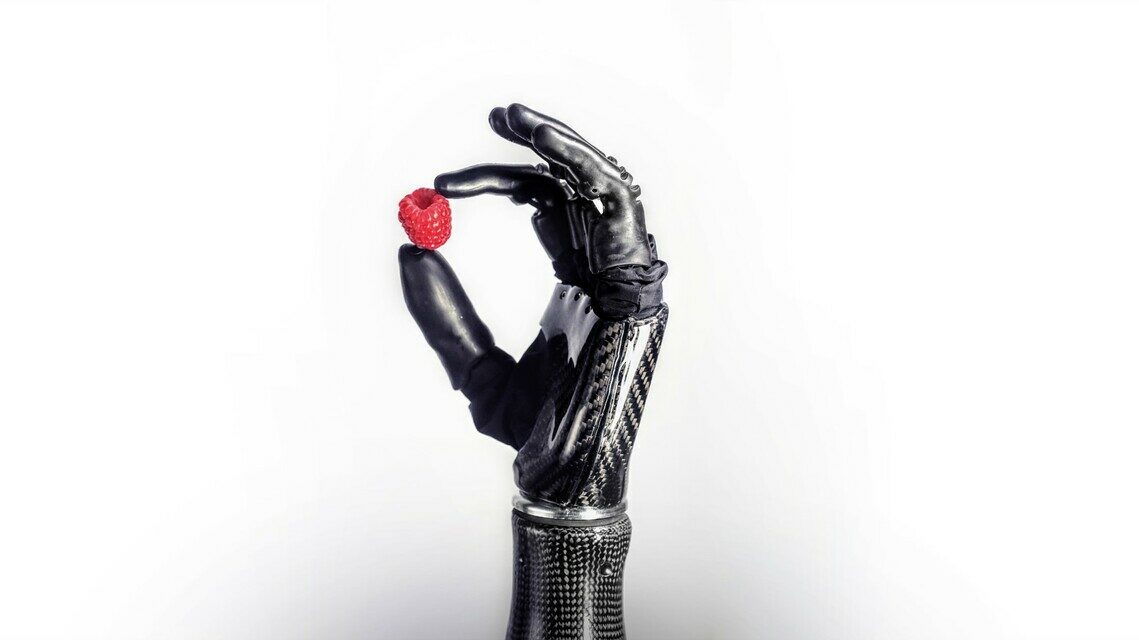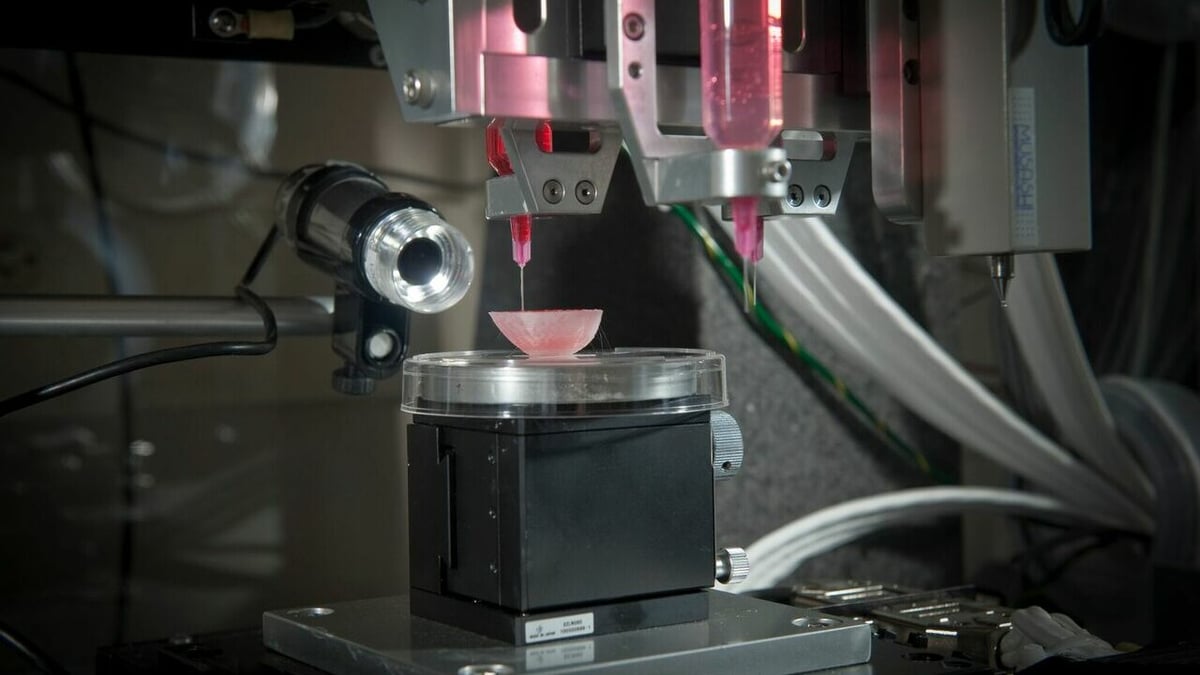3D printing’s caused a new era of innovation thanks to its accessibility, customizations, efficiency, and affordability. Additive manufacturing is changing how we make everything, from prototypes all the way to end-use products.
From healthcare to consumer goods, manufacturing, and construction, 3D printing touches all aspects of modern life. For the most part, this has been for the better. It’s powering first-ever surgeries that doctors previously thought impossible. It’s making tools, technologies, and even housing more affordable and accessible. It’s opening doors to assist the future of humanity.
Some of these innovations relate to Industry 4.0, and it can be easy to forget how far we’ve come because we hear these buzzwords on a near-daily basis. We’re living in an industrial revolution and 3D printers are responsible for many of the innovations powering it.
All this from the same technology as the humble home hobby printer on your workbench. While there are hundreds, even thousands, of innovations that owe their existence to 3D printing, we’ve managed to narrow down our top 10 areas of innovation. Check them out now, before new 3D printing achievements render this list obsolete.
Advanced & Novel Structures

As a process, additive manufacturing allows for manipulating and structuring advanced materials in novel ways. The most commonly talked about advanced material is carbon fiber, though materials are as varied as Kevlar and fiberglass.
Many brands now offer machines capable of printing with carbon fiber and companies such as Continuous Composites are dedicated to 3D printing continuous carbon fiber composites, which have long strands of carbon fiber running through the print, which gives the parts unparalleled tensile strength.
The US military’s gotten onboard by 3D printing composite ceramic body armor for their troops. Using two different ceramic materials and a dual extrusion system, they’ve produced a material that’s superior in performance to standard armor.
Then there are metamaterials, particularly functional metamaterials, which work more like complex machines. They can function as hinges, door handles, and much more, all without complex moving parts. At Lawrence Livermore National Labs, they’ve developed materials that shrink when heated (rather than expanding) that can also be “tuned” to respond to specific temperature ranges, while other researchers have created objects that deform, fold, or change shape in response to heat.
Once these materials are 3D printed with, they can be used to construct novel structures. Emerging Objects is one of the leaders in this space with creations including rain screens and evaporative cooling bricks.
Similar objects, innovations that respond to stimuli, are known as “4D printed“, “smart”, or “self-assemble” objects. Consumers are most likely to be familiar with this form of 3D printing because of footwear innovations, with companies such as New Balance already taking advantage.
Many of these materials take advantage of generative design, another innovation reaching its full potential thanks to 3D printers bringing the technology to real-world practices.
On-Demand Production & Design
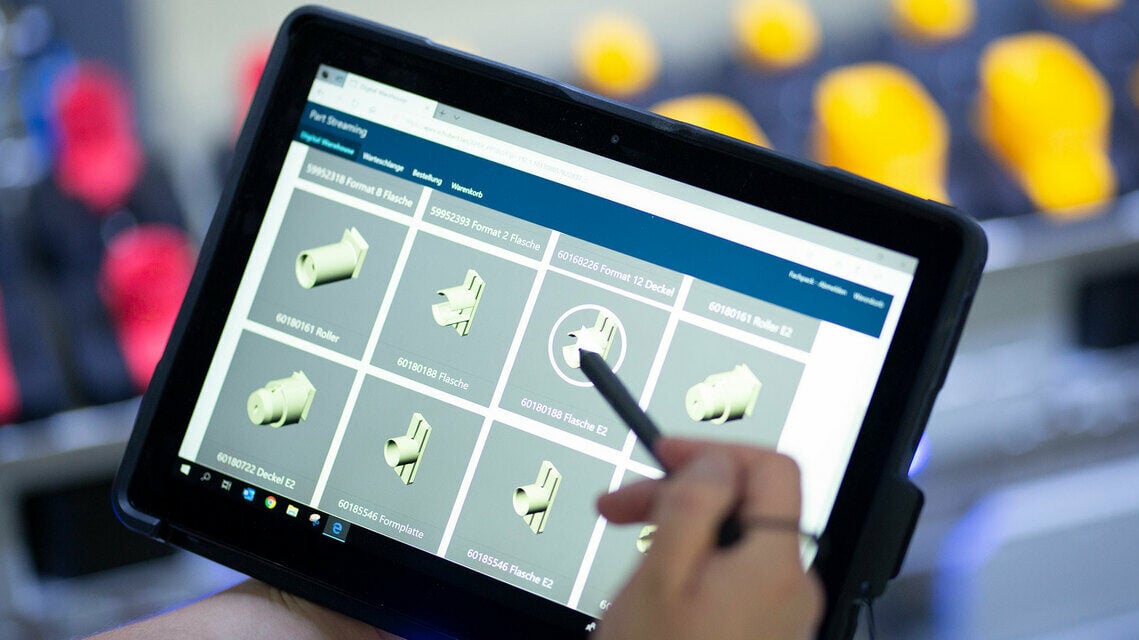
One of the greatest innovations of 3D printing is on-demand production. With the ability to design and print customized pieces or products on the fly, supply times are massively reduced.
This helps a wide variety of industries that rely on custom products or that have large machines with many individual components that are prone to breaking. Many companies no longer need to keep a warehouse of spare replacement parts or suffer delays with machine downtime until the substitution can arrive from overseas. Thanks to 3D printing, virtual warehouses now make it possible to keep an infinite supply of replacement parts or customized products onsite with only a single 3D printer needed to replace the overseas factory.
It’s no wonder that 3D printing’s on-demand production is causing a wave of onshoring or restoring after decades of offshoring to reduce costs. Time is money, and 3D printing shaves days if not weeks off production and supply chain timelines. That’s why US President Joe Biden embraced 3D printing with his AM Forward initiative.
The US military has been 3D printing for years, and they’re not the only ones. One advantage they focused on is on-demand production of parts and equipment and even unmanned aerial vehicles (UAVs). In some cases, it can take a year to requisition a replacement part, but the USAF has now cut this down to days with 3D printing. This allows them to keep vehicles and gear maintained much more efficiently and affordably. It can even delay vehicle obsolescence, as we’ll cover later.
3D printing has made rapid on-demand production possible while enabling people to bring their designs rapidly to life. Even without a 3D printer, small- and large-scale production can be accessed through online services such as Shapeways, Sculpteo, and i.Materialise. And making the process even simpler is Craftcloud by All3DP, the 3D printing price comparison service.
Prostheses
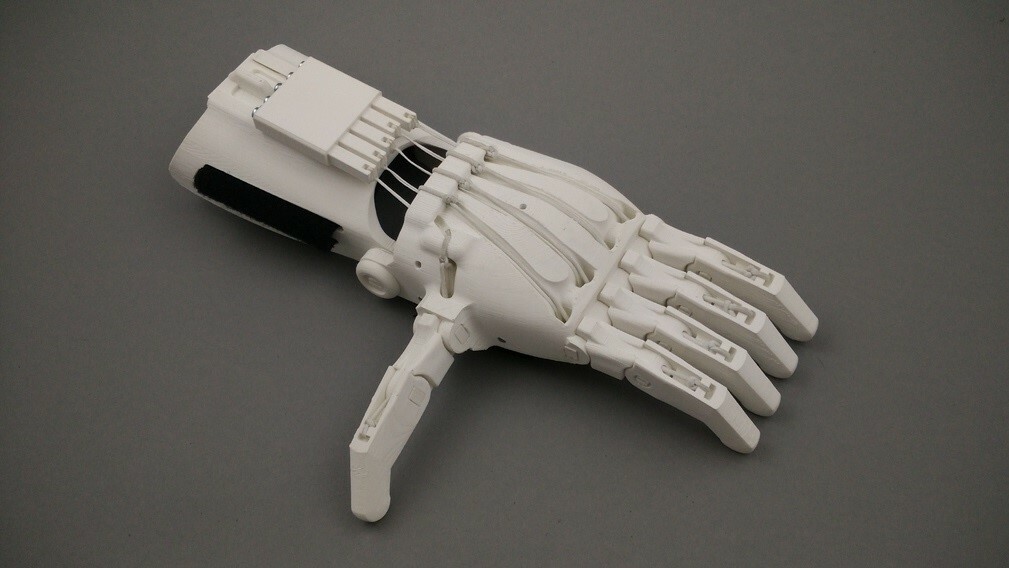
Prostheses have long been an expensive and sometimes inadequate substitute for lost limbs and other body parts. 3D printing is changing that by enabling practically anyone to produce a highly-customized prosthesis while spending a fraction of what it would cost with conventional options.
Various kinds of prostheses have been designed by organizations and volunteers in the 3D printing community. They range from commonly lost limbs such as hands, arms, and legs, to facial reconstruction prosthetics and even items for animals. By scanning and modeling a patient, custom-fitted prostheses can be designed and often printed with commonly available printers and materials.
Along with custom fits and lower costs, 3D printing also brings the ability to design lighter, stronger prostheses, such as William Root’s exo-prosthetic leg, which is lighter thanks to the design’s hollow internal geometry.
3D printing has resulted in designs that aren’t exclusively produced by medical companies, meaning that they aren’t just standard, “static” products. These prostheses, like many open-source products, are constantly evolving thanks to volunteers who collaborate to continuously build on each other’s designs. For example, Thingiverse user Gael_Langevin created a 3D printed hand for a commercial – it wasn’t even a design for a prosthesis. Then, fellow user gorositomartin built upon his model to make an innovative prosthesis for below-elbow amputees.
Engineers, scientists, and volunteers all over the world are collaborating to create innovative prosthetic devices that amputees wouldn’t otherwise have access to. In some cases, organizations and volunteers such as Guillermo Martinez and his company Ayúdame3D have provided impoverished amputees in the developing world with prostheses they would otherwise have to do without.
Innovative Uses
3D printed prostheses aren’t just about lowering costs. 3D printing enables doctors and researchers to experiment with new designs and technologies that restore sensations that amputees thought were lost forever.
Psyonic, for example, is a start-up that uses additive manufacturing to make touch-sensing prosthetic hands. In addition to amputees, Psyonic has reached deals to provide their prostheses to the US military, Apptronik, and Meta. Projects like this are moving bionics from sci-fi to Silicon Valley, and Psyonic’s not alone when it comes to innovation.
e-Nable is a volunteer organization that’s changing lives by revolutionizing how prostheses are designed and distributed. They encourage and assist volunteers and individuals to 3D print better, more affordable prostheses and donate them to individuals in need. They have various designs to suit different types of amputees, including task-specific designs such as a 3D printed bow holder to allow someone born without fingers to play the viola.
And it’s not only humans benefiting from 3D printing prostheses. Veterinarians saved the life of an endangered species bird by 3D printing it a prosthetic beak after it was diagnosed with cancer at a zoo in Florida. Other vets are innovating with 3D printed surgical tools for case- and patient-specific veterinary surgeries. Next time your pet gets sick, its life could be saved by 3D printing!
Surgery
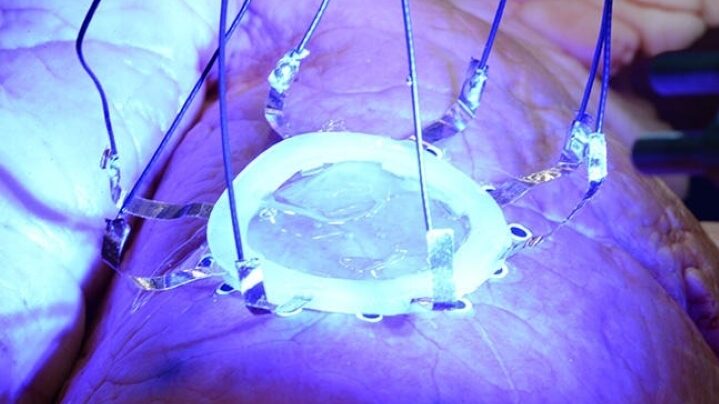
3D printing is innovating and revolutionizing medicine in more ways than one.
Single-use cutting guides and surgical tools are now being 3D printed for surgeon- and patient-specific use. Not everyone’s built the same way, which is where 3D printing comes in: Custom surgical guides for patients can be more accurate and custom instruments can be created to fit surgeons’ hands more comfortably and accurately. Instruments can include scalpels, retractors, clamps, and forceps, entire sets of which can be printed in under six hours. And what could be more sterile for patients than a single-use instrument?
By 3D scanning patients before their surgeries, doctors can print replica organs to practice the operations on, improving their efficiency during the real surgery. These low-cost, highly-accurate patient models are already reducing the risks of brain surgeries. The practice run also improves the 3D printed tools, as surgeons’ feedback can be used to quickly redesign the tools and have a new print ready before the patient’s appointment. These one-off instruments better fit the needs of both surgeons and patients, contributing to smoother procedures and better medical outcomes. Companies like Restor3D are embracing this with their NOVO technology, getting it into the hands of more surgeons.
These tools can be particularly helpful in implant surgery by improving adherence rates. 3D printed implants can also be made to be porous or to have special internal geometries. This allows for better osseointegration, meaning that the bone grows and fuses to the titanium throughout the implant, making it more stable and functional. Conventional designs rely on porous surface coatings and other less effective methods, so this 3D printing innovation can reduce failure rates considerably. And of course, these custom solutions offer a better fit than one-size-fits-all implants, reducing the stress and wear on a patient’s bone. Researchers at the University of Minnesota have even managed to 3D print sensors directly onto moving, living organs.
3D printed innovations like the abovementioned prosthetics, surgical tools, implants, and accurate patient-specific replicas are opening surgeons to a new world of possibilities. In recent years, we’ve seen several “first-ever” surgeries that were previously impossible including replacing a patient’s upper jaw, saving the life of a baby born with holes in their skull, and replacing a cancerous vertebra.
Organs, Tissues & Drugs
It’s only a matter of time before 3D printed organs join our new reality of skull and vertebrae implants. Several promising projects are already in development. Right now, the technology’s limited to tissue cultures, like those made by Carnegie Mellon University researchers that use hydrogels and “components” of organs such as heart valves. 3D printed living tissues have been produced by researchers, and in some cases, these have even been successfully implanted in lab animals. It’s only a matter of time before human trials.
Startups like Prellis Biologics are already 3D printing tissue models, vascular-like channels, and tissue scaffolds. These capillary tissues are vital to organ function, and innovating bio-printed capillaries is a serious step toward the production of fully 3D printed organs. They accomplish this using holographic technology to simultaneously project and print tissue out of biological material.
3D printed tissues are also changing the way drugs are tested. Cells behave differently in two-dimensional cultures, making them inaccurate approximations for living, three-dimensional tissue cultures – a long-standing issue resolved by 3D printing. 3D printing’s not exclusive to tests, with the FDA already approving one 3D printed drug and several pharmaceutical companies racing to markets with 3D printed medications.
Audiology

What could be more custom than the shape of each individual’s ear? Naturally, 3D printing has caused a flood of innovations in audiology, both for medical hearing aids and consumer earbuds.
Wait times for hearing aids are decreasing as the medical devices can be 3D printed for patients as soon as they receive their prescriptions. They can also be custom printed to fit the patient’s ear or customized aesthetically to fit the patient’s style if they complain about looking like their grandpa.
These innovations don’t only benefit the hard of hearing. Workers at job sites with dangerously high levels of noise (such as Formula One race tracks) are having custom ear plugs perfectly fitted for their ears 3D printed to reduce the risk of any fraction of noise leaking through.
Ever been listening to a song and had the music disappear because the earbud fell out? That irritation won’t be experienced by your kids thanks to companies like Sennheiser printing perfectly fitted custom earbuds.
These innovations aren’t only about customization, cost, or speed; the world’s smallest-ever hearing aid was 3D printed, cramming the technology into new minuscule sizes. And this isn’t exclusively for the well-off. Hearing aids can be 3D printed in remote locations at costs as low as $1, making them more accessible globally.
Housing
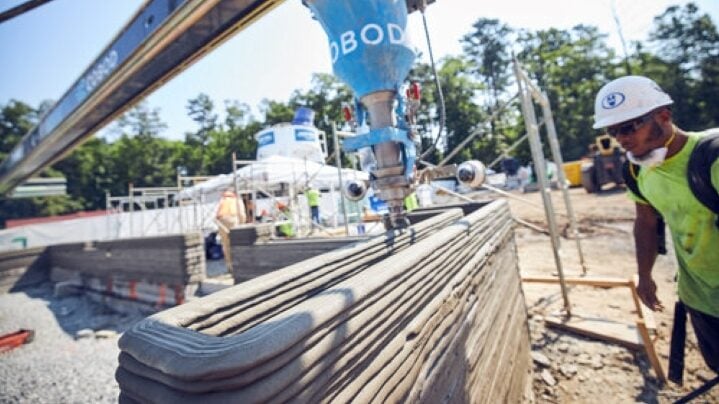
3D printed construction is exploding all over the world. While China and the United Arab Emirates took an early lead in embracing the technology with some thrilling projects, you can now find 3D printed structures around the globe!
Whether you want to rent a 3D printed home on Airbnb in Canada, lease a 3D printed house in the Netherlands, or move into a condo in an entirely 3D printed apartment building in Germany, you can in 2023! There are even several 3D printed houses on the market to buy if you want to take your 3D printing enthusiasm to the next level. An entire neighborhood of over 100 homes is being 3D printed in Texas as you read this!
There are many reasons why 3D printing is the next big thing in construction, but nothing’s more important than the cost and time savings. Habitat for Humanity’s already helping low-income families move into 3D printed homes.
While the abovementioned projects are from innovative 3D printing construction companies like COBOD, Icon, and Alquist, they’re far from the only ones operating in the industry.
The materials these homes are being built from are as innovative as the concept and technology. From proprietary concrete and mortar to local ground materials like sand, mud, or rice waste, there are materials for all homeowner tastes and environmental concerns. Ancillary companies such as Branch Technology are even innovating with 3D printed scaffolding. They use freeform 3D printers to create stronger yet lighter structures that can be used “as is” or they can be filled with low-cost materials to create on-demand housing or reinforced structures.
Off-World Construction & Rockets
We already covered 3D printing construction, but that’s only the beginning. Companies such as Icon are adapting their construction printing technology to 3D print structures on the moon and Mars using the ground materials native to each. They’ve already successfully completed Project Mars Dune Alpha to 3D print a 1,700-sqft base at Johnson Space Center in Texas to simulate a realistic Mars habitat. Astronauts are currently using it to replicate three one-year missions to the surface of Mars before attempting the real thing.
Icon’s not the only one wanting to 3D print in space. Airbus has already sent metal 3D printers to the International Space Station in the hopes of creating an orbital satellite factory. They want to use abandoned space debris combined with 3D printing technology to build the next generation of sustainable satellites. There are even other construction companies vying for the moon, such as AI Space Factory’s Project Lina, which aims to build bases on the Lunar South Pole, also using materials naturally found on the moon.
Back on Earth, start-ups such as Rocket Lab and Relativity are 3D printing the rockets they’re launching. They claim that 3D printing reduces the timeline to produce and launch rockets into space to mere days. 60 years of rocketry and space travel are being disrupted because of 3D printed innovations in reliability, speed, flexibility, and optimization. And we aren’t only talking about the shells or outer layers of rockets, their engines are even 3D printed!
A new space race is underway, with 3D printing responsible for many of the innovations exciting the astronomical community.
Ship & Car Parts
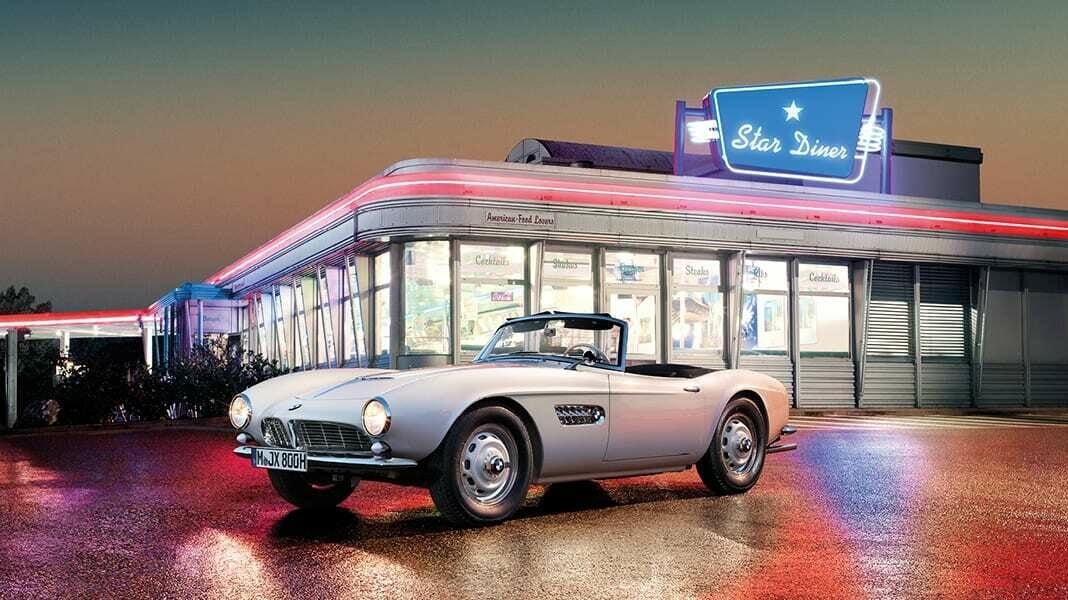
There’s no such thing as obsolete in these expensive industries thanks to 3D printers. Many cars have gone out of production over the past century, but savvy mechanics and retro enthusiasts have worked hard to keep them running. Now scanned copies of the working parts can be 3D printed to save the day.
Elvis Presley fans can thank 3D printing for fully restoring his 1958 BMW. But 3D printing is accessible and not only for the rich; dedicated companies are popping up in the classic car markets to keep everyone’s retro vehicles operational.
Land vehicles aren’t the only ones benefiting. Entire fleets of ships could be similarly outdated and scheduled to be scrapped because replacement parts weren’t available. That is until 3D printing innovations came along. Now behemoths such as Shell or the US Air Force and GE are 3D printing discontinued replacement parts to avoid replacing their expensive fleets in need of repairs.
Even non-obsolete car or boat parts can be 3D printed and it makes economic sense for custom jigs. Manufacturers including Volkswagen, Bugatti, Bentley, Jaguar, and BMW are using 3D printers to boost their profits.
Drones & Aeronautic Parts

It began with 3D printing drone replacement parts. Then industrious hobbyists started printing entire drones at home. Soon start-ups were 3D printing their drone prototypes, including with unique and tricky materials such as titanium, or using generative design to create life-saving drones such as the X Vein. Even the military and aerospace industry embraced additive manufacturing to innovate with their designs.
3D printing is taking drones to new heights, or smaller sizes in the case of Piccolissimo, the world’s smallest self-powered flying vehicle. It might sound like a Black Mirror nightmare, but thanks to 3D printing, bee-sized drones could soon be swarming all around us.
3D printing makes completely sealed, hollow structures possible. These can be lighter, stronger, and more efficient than traditionally-produced unmanned aerial vehicles (UAVs). This has enabled Stratasys, for example, to create a jet-powered UAV, 80% of which is 3D printed. If necessary, the company says they could produce a second one in a matter of weeks.
The University of Sheffield created a 3D printed UAV airframe that can be printed and put in the air in a day. These innovative designs drastically reduce costs for testing and producing UAVs as well as the time it takes to create them. Titomic 3D printed a titanium drone using their innovative Titomic Kinetic Fusion process, which mechanically fuses titanium powder. This innovative 3D printing method allows them to combine dissimilar metals and materials, creating parts that exhibit unique properties and the benefits of different alloys in the same product. It also eliminates welds and other points of failure that plague traditional manufacturing.
Art Restoration
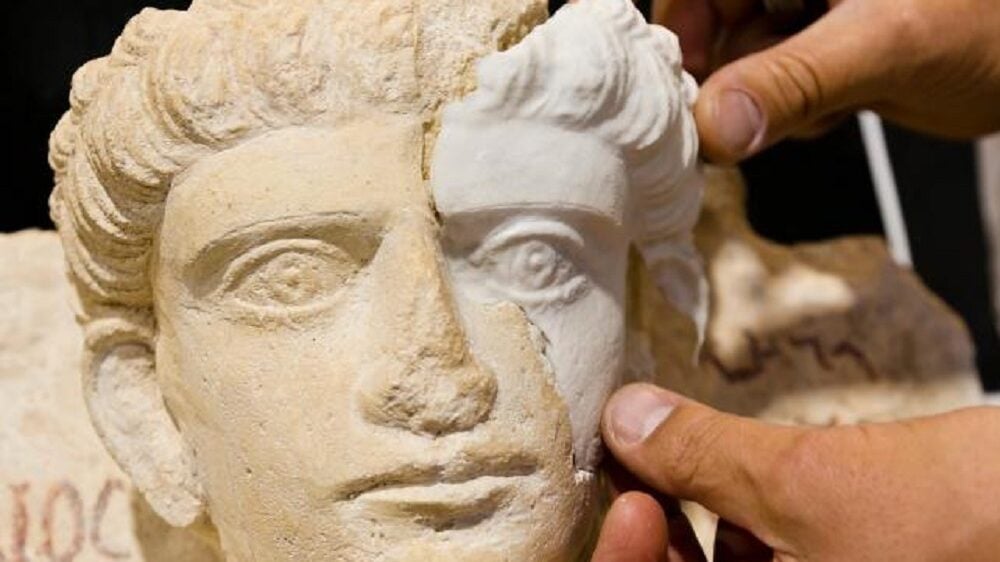
Great works of art once thought lost or damaged forever are getting a second life, courtesy of 3D printing. Appendages such as fingers, legs, noses, or private parts were lost in transportation or to vandalism over the hundreds to thousands of years these statues and sculptures have graced us. Now the combination of 3D printers, 3D scanners, and AutoCAD design is bringing these antiquities back to life.
3D printing has also unlocked experiences that climate-conscious or cash-strapped art lovers were previously locked out of. Recreating fine details is now allowing people to experience incredibly accurate replicas of famous art from the likes of Michaelangelo without the carbon emissions or costs of flying to Europe. Art is for the people and 3D printing is making its appreciation truly global.
The Million Image Database project is assisting with these missions by cataloging essential pieces of art around the world and storing them in a virtual warehouse for anyone to access. Museums might be losing out on art to wealthy hoarders, but people will still find a way to enjoy it.
Just Beginning
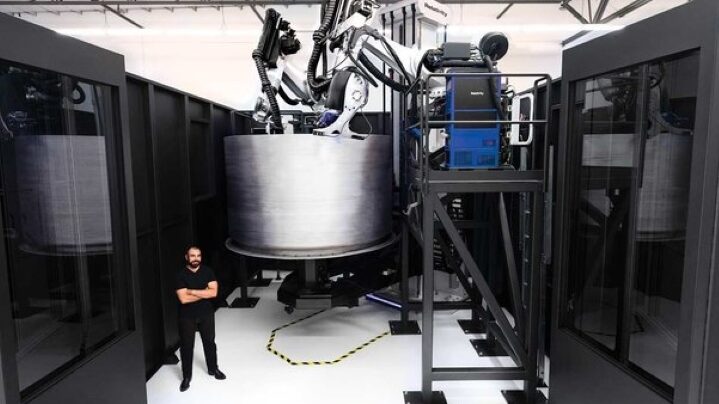
3D printing has inspired an incredible number of innovations in the past decades. The possibilities for what the technology will create in the coming years might be even wider than your imagination.
Tomorrow could bring highways dominated by cars with 3D printed engines, tables with 3D printed food, skies filled with 3D printed drones and planes running on 3D printed electronics, toy chests filled by 3D printers (if they aren’t already), 3D printed outfits (jewelry included), musical instruments, and so much more.
Never have so many products been more customizable, innovative, available, and affordable. The possibilities feel endless. Thanks to 3D printing, everyone can create the next innovation that changes lives, industries, or the world.
License: The text of "10 Great Innovations Made Possible Thanks to 3D Printing" by All3DP is licensed under a Creative Commons Attribution 4.0 International License.



